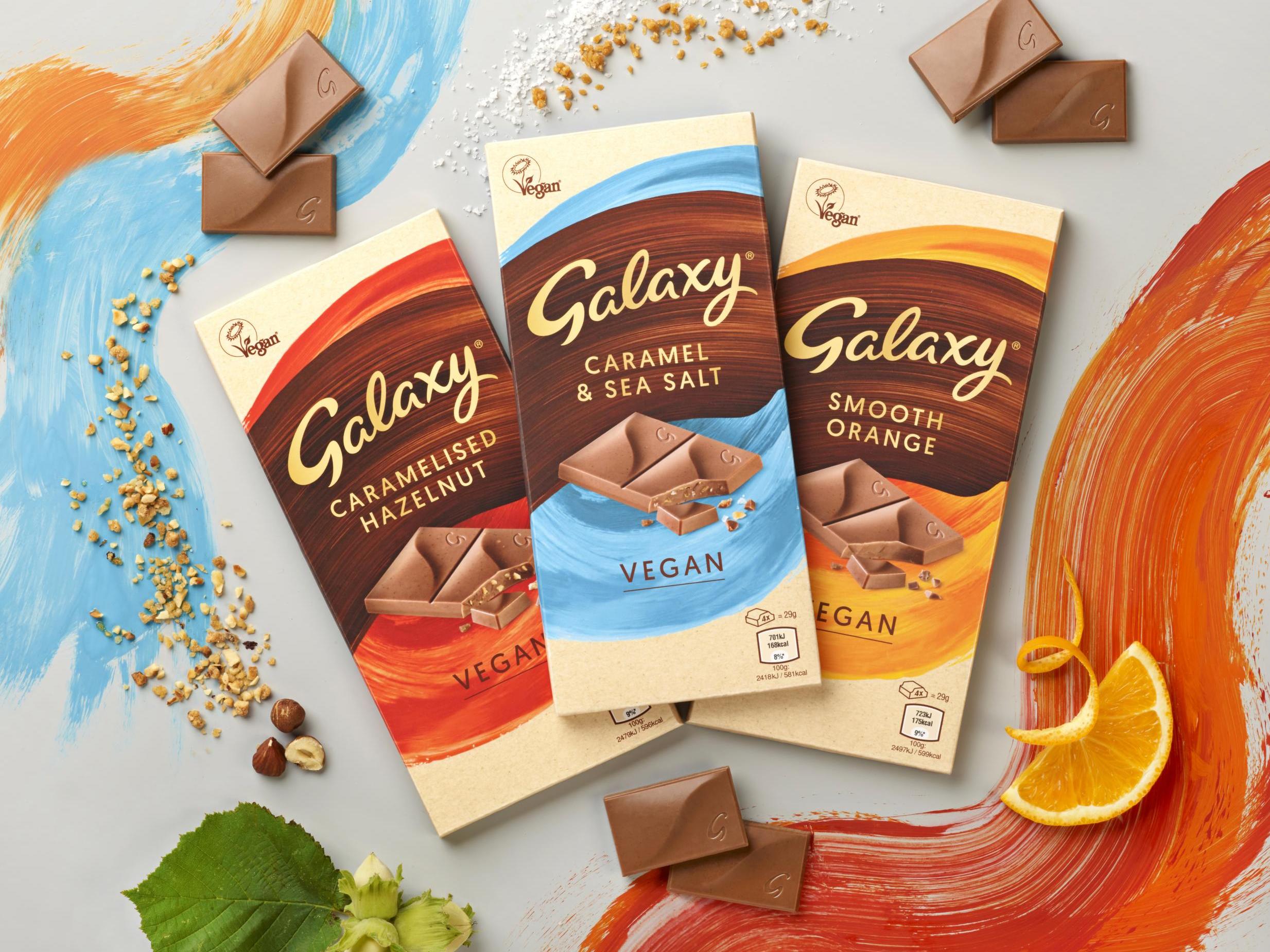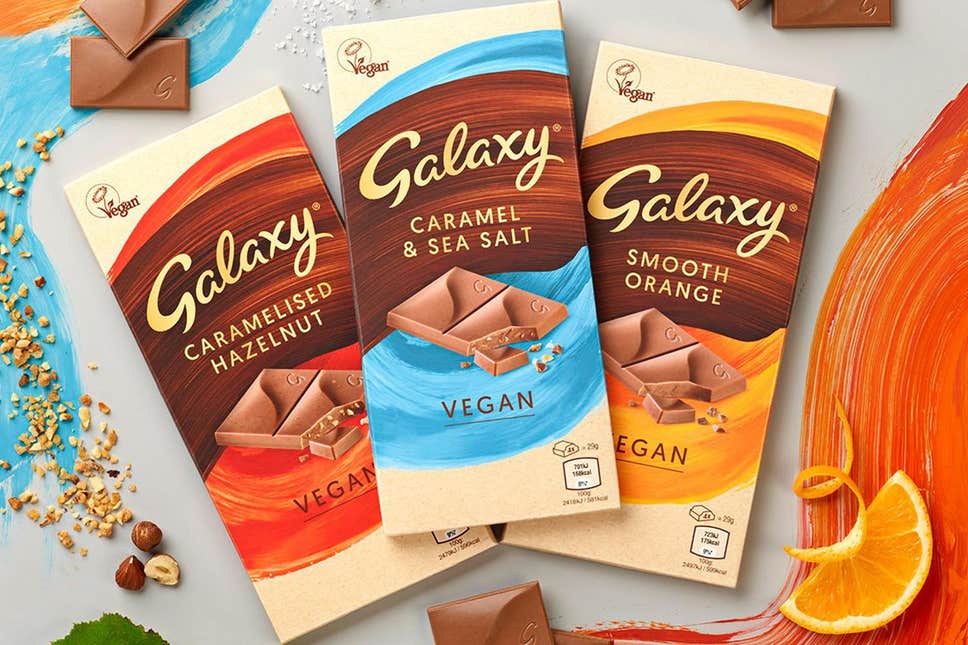Mars recently launched three vegan varieties of its Galaxy bar, and Fruitella has launched a new range of vegan jellies. We’ve also seen Selfridges announce the opening of the UK’s largest vegan sweets counter, as part of its brand new sweets hall.
Interest in ‘veganism’ has increased sevenfold over the past five years, and with more vegans missing chocolate than cheese, it’s clear there is a growing market for vegan confectionery.
But how can vegan treats ensure they are well received? Clearly the product needs to be great, but often that isn’t enough; there also needs to be investment in building awareness to ensure success in the market and those all-important early sales.
Hitting the sweet spot with experiences
The confectionery category is simply the latest to be affected by the rise of veganism, and, despite the growing momentum, there is still quite a mission to get people to choose vegan alternatives. For many sweet-toothed consumers, the idea of swapping their traditional bars of milk chocolate with something plant-based will seem unpalatable.
In order to encourage them to make this shift, the vegan confectionery brands would do well to learn lessons from their cousins in the milk aisle. In particular, they should look to follow the example set by Swedish oat milk brand Oatly – a challenger in the growing plant-based milk category.
Oatly recently activated a straight-talking ‘ditch milk’ campaign at the London Coffee festival. The brand owned the (relatively niche) event by investing £250k in a targeted OOH (out-of-home) spend, spanning murals, posters, banners, billboards, and digital displays. The brand handed out literally thousands of free cups of oat milk infused coffee, throughout the festival.
People generally only engage with products they know, so experience-led campaigns like these (and other sampling campaigns, or immersive brand experiences that bring consumers face to face with the product in an innovative, creative way) are an invaluable method of building awareness. This is something that is particularly important when it comes to launching a new product in a category like vegan confectionery, which is still in its infancy.
Don’t get lost in the noise
When it comes to delivering an experiential campaign, a brand should always seek to own a space – regardless of the category it’s competing in. A targeted experiential campaign, rather than a spray and pray sampling campaign at a high footfall location, will always deliver better results.
Ultimately, a brand should always look to enhance people’s experience wherever they show up, regardless of whether this is a launch from a vegan brand or otherwise. You should look to deliver activations which reflect the product’s USP in the market.
For instance, we recently worked with Green & Black’s to amplify the launch of its new range of luxury, bite-sized chocolates, ‘Velvet Fruit.’ We invited consumers across the country to taste the smooth and fruity dark chocolates from the comfort of a velvet tasting chair, whilst they received a chocolatier-inspired experience.
The creation of this optimum tasting environment was informed by our neuromarketing approach, which helped us identify that the most effective way to drive trial and awareness of the product was through a sensory sampling experience. The campaign helped to drive purchase intent and encouraged consumers to opt for Velvet Fruit when choosing their evening ‘me-time’ treat.
It’s an example of the sort of activation you need to deliver in the confectionery space, if you want to stand out and offer value in high-footfall locations.
Timing is of the essence
The timing of an experiential campaign for a relatively new product requires careful planning. There is no point in blowing your budget on an experiential campaign unless your distribution network is in the right place to effectively capitalise on the increased interest in your brand. If the consumer can’t buy your product when it’s front of mind, you’ve wasted your money.
Nor can you expect an experiential campaign to work when there is zero brand awareness; consumers are unlikely to engage with something they don’t know. Yet it needs to be done early enough on in the marketing cycle to ensure that your new product is getting awareness from word of mouth recommendations.
With the launch of a new product from an established brand owner, we have seen that the optimum time for an experiential campaign should come about a fortnight after awareness for the product has been built through an initial billboard or television campaign. With a product from a start-up, or lesser known brand owner, it’s likely that the experiential spend shouldn’t come until even later in that marketing cycle.
Changing behaviours
Your brand needs to have the presence, the distribution network, and the cut-through creative idea to milk an experiential campaign for all it’s worth, in order to effectively drive awareness and appraisal around a new product launch.
If your experience doesn’t change a person’s behaviour and inspire them to purchase your new product, then there’s no point in doing it in the first place.
- More at heyhuman.com


